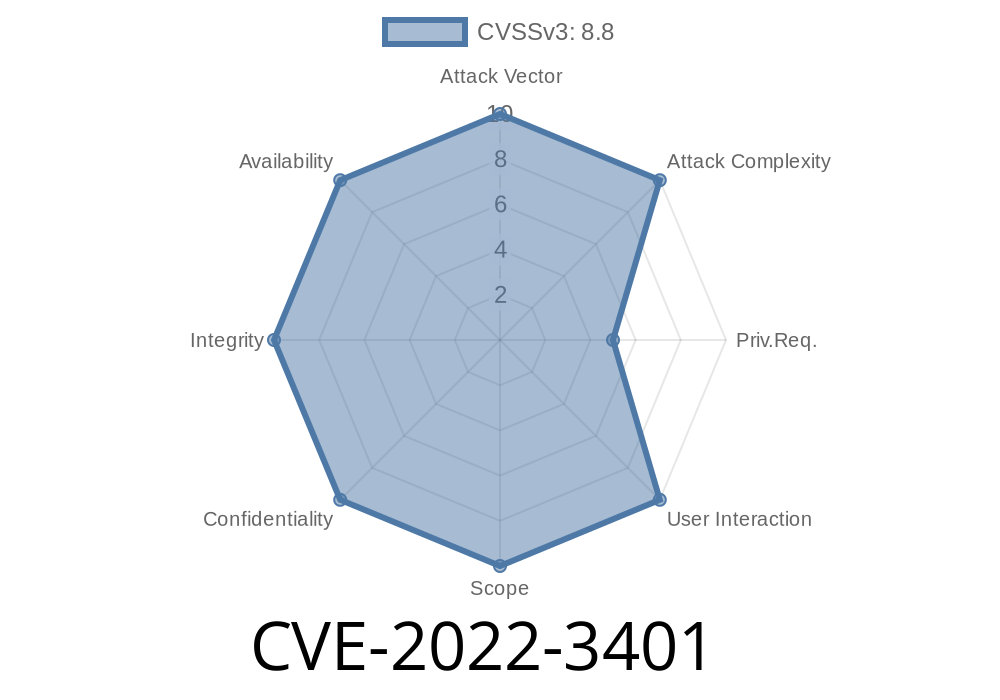A critical security vulnerability, dubbed as CVE-2022-3401, has been discovered in the Bricks theme for WordPress (versions 1.2 to 1.5.3), allowing authenticated attackers to perform remote code execution (RCE) on affected websites. The flaw allows users with minimal permissions, such as subscribers, to compromise the website by editing pages or posts and injecting malicious code execution blocks. This RCE vulnerability, when combined with an existing missing authorization vulnerability, CVE-2022-340, poses a significant risk to WordPress websites using the vulnerable Bricks theme.
Code Snippet
To demonstrate the vulnerability, let's say a user named "attacker" with a 'subscriber' role has access to edit a page on the vulnerable WordPress website. The attacker could inject a PHP code execution block inside the Bricks theme editor, as shown below.
<?php
$cmd = $_GET['cmd'];
system($cmd);
?>
As a result, users visiting the compromised page would unknowingly execute the injected PHP code, which could be used to perform malicious activities, such as accessing sensitive information or taking complete control over the site.
Exploit Details
To exploit this vulnerability, an attacker with minimal permissions can leverage the missing authorization vulnerability (CVE-2022-340) to edit any page, post, or template on the vulnerable WordPress site. By injecting a code execution block, the attacker can gain unauthorized access, manipulate data, or compromise the site altogether.
This exploit's success depends on the combined presence of both CVE-2022-3401 and CVE-2022-340 vulnerabilities. The absence of either flaw significantly reduces the attack's impact.
For further details on this vulnerability, you can visit the following official resources
1. CVE-2022-3401 - MITRE's Common Vulnerabilities and Exposures (CVE) entry for CVE-2022-3401.
2. CVE-2022-340 - MITRE's Common Vulnerabilities and Exposures (CVE) entry for CVE-2022-340.
Mitigation and Recommendation
To mitigate this risk, users of the Bricks theme for WordPress are strongly advised to update their theme to the latest version (1.5.4 or later), which addresses these vulnerabilities. Administrators should also ensure proper user access controls are in place and regularly audit and monitor user activities to detect and prevent unauthorized changes to website content.
In conclusion, CVE-2022-3401 is a critical vulnerability in the Bricks theme for WordPress that, when combined with CVE-2022-340, can lead to remote code execution. It is crucial for administrators to take necessary steps to protect their websites and users from potential attacks.
Timeline
Published on: 10/28/2022 19:15:00 UTC
Last modified on: 11/03/2022 14:14:00 UTC
